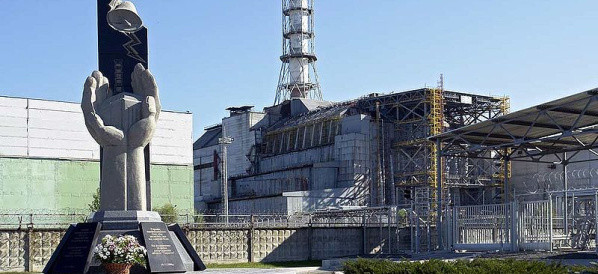 4 词条
4 词条主页 > 词条 > 马其顿语(MK) > квантитативна теорија на парите
квантитативна теорија на парите
The foundation stone of monetarism. The theory says that the quantity of money available in an economy determines the value of money. Increases in the money supply are the main cause of inflation. This is why Milton Friedman claimed that “inflation is always and everywhere a monetary phenomenon”. The theory is built on the Fisher equation, MV = PT, named after Irving Fisher (1867–1947). M is the stock of money, V is the velocity of circulation, P is the average price level and T is the number of transactions in the economy. The equation says, simply and obviously, that the quantity of money spent equals the quantity of money used. The quantity theory, in its purest form, assumes that V and T are both constant, at least in the short-run. Thus any change in M leads directly to a change in P. In other words, increase the money supply and you simply cause inflation. In the 1930s, Keynes challenged this theory, which was orthodoxy until then. Increases in the money supply seemed to lead to a fall in the velocity of circulation and to increases in real income, contradicting the classical dichotomy (see monetary neutrality). Later, monetarists such as Friedman conceded that V could change in response to variations in M, but did so only in stable, predictable ways that did not challenge the thrust of the theory. Even so, monetarist policies did not perform well when they were applied in many countries during the 1980s, as even Friedman has since conceded.
- 词性: 名词
- 同义词:
- 词汇:
- 行业/领域: 经济
- 类别 经济学
- Company: The Economist
- 产品:
- 取首字母的缩写词:






